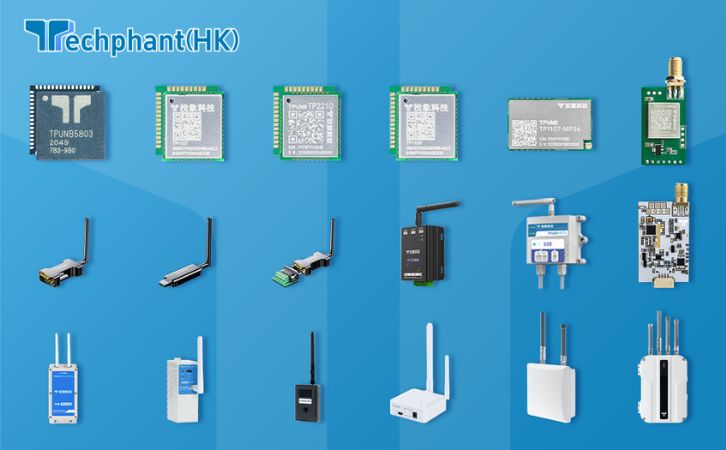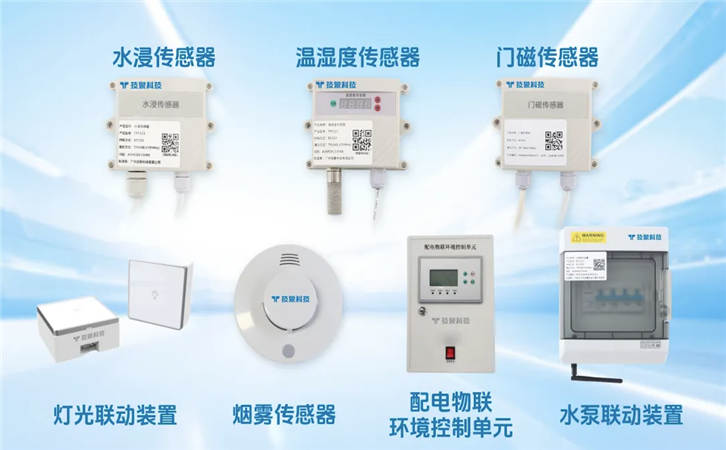The Internet of Things (IoT) has transformed agriculture by introducing intelligent, data-driven solutions that enhance productivity, sustainability, and resource efficiency. IoT-based agriculture monitoring systems integrate advanced sensors, connectivity, and analytics to provide real-time insights into farming operations. These systems empower farmers to monitor crop health, optimize resource use, and automate tasks, revolutionizing traditional farming practices. This article delves into the mechanics, components, benefits, and future potential of IoT in agriculture, offering a comprehensive understanding of its impact on modern farming.
I. Defining IoT-Based Agriculture Monitoring Systems
An IoT-based agriculture monitoring system is a network of interconnected devices designed to collect, process, and analyze data to improve farming outcomes. At its core, the system uses sensors to gather environmental and crop-related data, such as soil moisture, temperature, humidity, rainfall, and plant health metrics. These sensors are paired with actuators that automate actions like irrigation, fertilization, or pest control. Data is transmitted via internet connectivity to cloud-based platforms, where it is analyzed to generate actionable insights. Farmers can access these insights through user-friendly interfaces, such as mobile applications or web dashboards, enabling remote monitoring and control. By providing real-time information and automation, IoT systems help farmers make precise, informed decisions, reducing waste and boosting crop yields. This technology is particularly valuable in addressing challenges like climate change, water scarcity, and the growing global demand for food.
II. Core Components of IoT Agriculture Systems
IoT-based agriculture monitoring systems rely on a sophisticated interplay of hardware, software, and connectivity. The key components include:
- Sensors and Devices: Sensors are the backbone of IoT systems, collecting data on various parameters. Soil moisture sensors measure water content, temperature sensors monitor ambient conditions, and multispectral cameras assess crop health. Other devices, like weather stations, track rainfall and wind speed, while actuators control irrigation valves or nutrient dispensers.
- Connectivity Solutions: Reliable data transmission is critical for IoT systems. Technologies like Wi-Fi, Bluetooth, Zigbee, LoRaWAN, or 4G/5G cellular networks connect sensors to cloud servers. LoRaWAN, for instance, is ideal for rural areas due to its long-range, low-power capabilities, ensuring seamless communication across large farms.
- Data Analytics Platforms: Collected data is processed using cloud-based software or artificial intelligence (AI) algorithms. These platforms analyze trends, predict outcomes, and provide recommendations, such as optimal irrigation schedules or pest control measures. Machine learning models can even forecast crop yields based on historical and real-time data.
- User Interfaces: Farmers interact with IoT systems through intuitive interfaces, such as mobile apps or web portals. These platforms display real-time data visualizations, alerts for anomalies (e.g., low soil moisture), and controls for automated systems, enabling remote management of farm operations.
Together, these components create a robust ecosystem that enhances farm efficiency and decision-making.
III. Benefits of IoT in Modern Agriculture
The adoption of IoT-based agriculture monitoring systems brings transformative benefits, addressing both economic and environmental challenges:
- Precision Agriculture: IoT enables precise resource management by delivering data-driven insights. For example, soil sensors can indicate exactly when and where irrigation is needed, preventing overwatering. Similarly, nutrient sensors guide targeted fertilizer application, minimizing waste and environmental runoff.
- Enhanced Operational Efficiency: Automation reduces manual labor and saves time. IoT systems can schedule irrigation, adjust greenhouse conditions, or activate pest control measures without human intervention. This allows farmers to focus on strategic tasks while ensuring consistent operations.
- Proactive Crop Health Management: Continuous monitoring detects early signs of stress, disease, or pest infestations. For instance, drones equipped with IoT sensors can identify wilting plants, enabling timely interventions that prevent significant crop losses. This proactive approach improves yield quality and quantity.
- Sustainability and Resource Conservation: IoT promotes eco-friendly farming by optimizing resource use. Smart irrigation systems reduce water consumption, while precise fertilizer application minimizes soil degradation. Additionally, energy-efficient IoT devices lower the carbon footprint of farming operations.
These advantages make IoT systems indispensable for farmers seeking to maximize productivity while minimizing environmental impact.
IV. Applications and Future Prospects of IoT in Agriculture
IoT-based agriculture monitoring systems are versatile, with applications spanning various farming domains:
- Smart Irrigation Systems: Soil moisture sensors and weather data integration enable automated irrigation tailored to crop needs. These systems adjust watering schedules based on real-time conditions, conserving water and improving crop health.
- Crop Health and Yield Monitoring: IoT-enabled drones and ground sensors capture data on plant health, detecting nutrient deficiencies, diseases, or pest damage. Advanced imaging technologies, like NDVI (Normalized Difference Vegetation Index), provide detailed insights into crop vigor, guiding precise interventions.
- Livestock Monitoring and Management: IoT devices, such as wearable sensors on animals, track health metrics (e.g., heart rate, temperature) and location. This ensures timely medical care, optimizes feeding schedules, and enhances overall livestock welfare, boosting productivity.
- Greenhouse and Controlled Environment Agriculture: IoT systems regulate temperature, humidity, light, and CO2 levels in greenhouses, creating optimal growth conditions. Automated adjustments based on sensor data ensure consistent crop quality, even in challenging climates.
Looking ahead, the future of IoT in agriculture is promising. Advancements in AI and machine learning will enable more accurate predictive models, such as forecasting weather impacts or optimizing planting schedules. Integration with blockchain could enhance supply chain transparency, ensuring traceability from farm to table. Additionally, the development of low-cost, solar-powered IoT devices will make these systems accessible to small-scale farmers in developing regions. As 5G networks expand, faster and more reliable connectivity will support real-time data processing on large farms. Ultimately, IoT has the potential to drive fully autonomous farming systems, where machines and algorithms manage entire agricultural operations with minimal human intervention.
In conclusion, IoT-based agriculture monitoring systems are reshaping the agricultural landscape by providing farmers with tools to work smarter, not harder. By combining real-time data, automation, and analytics, these systems address the pressing challenges of food security, sustainability, and climate resilience, paving the way for a more efficient and productive future in agriculture.



